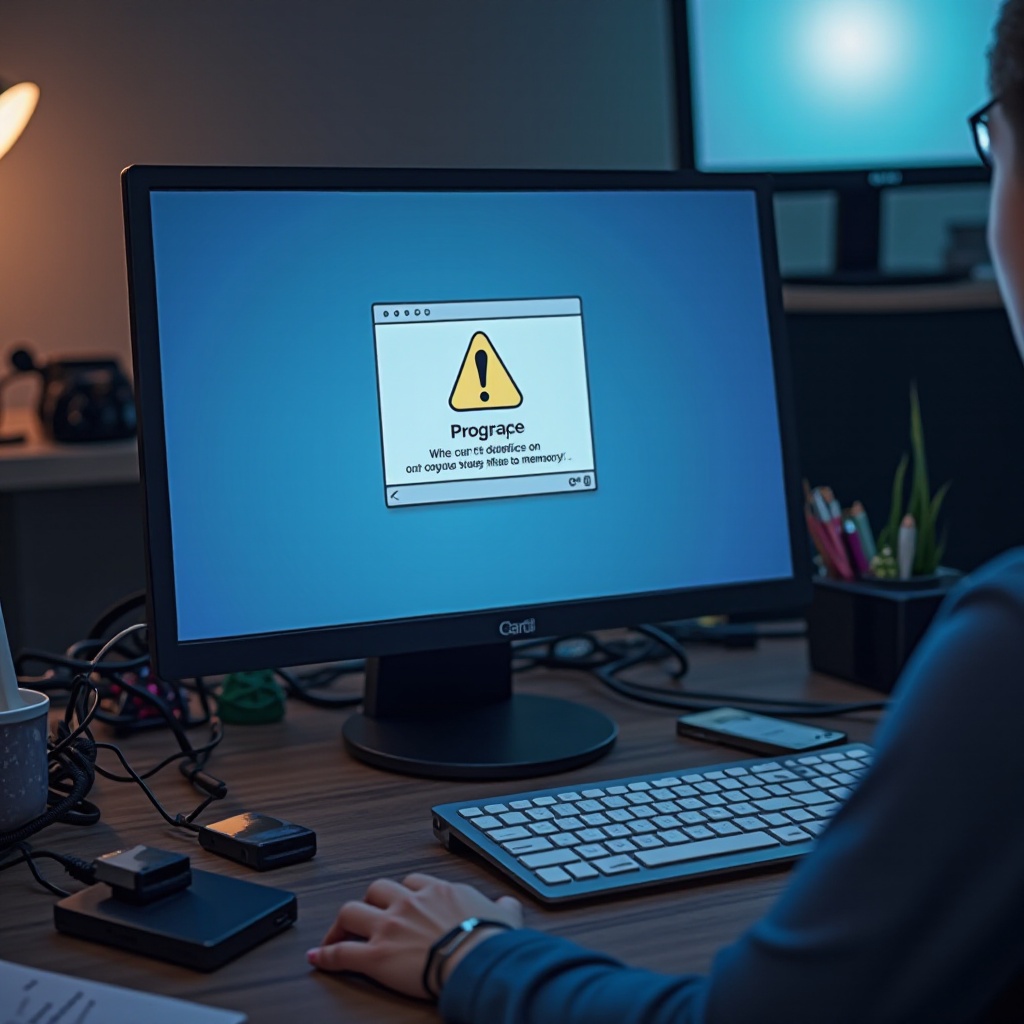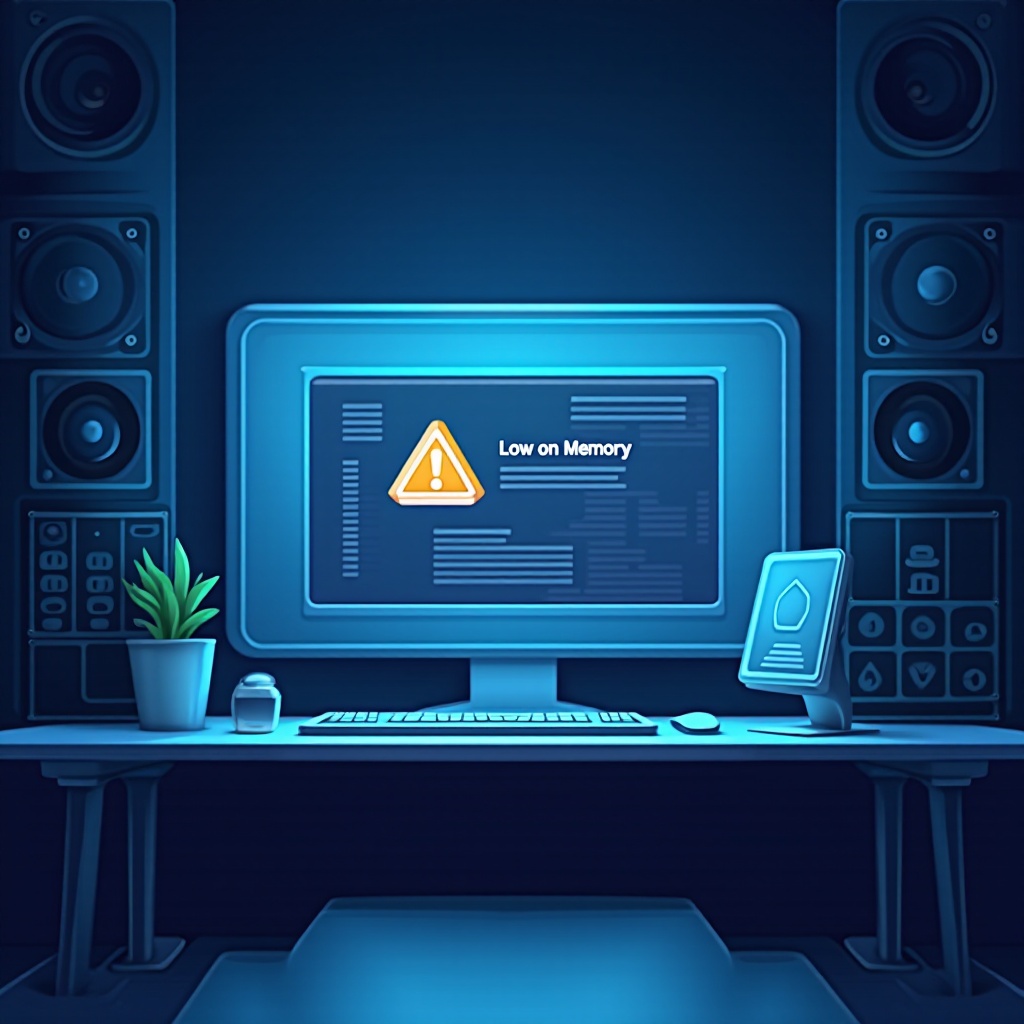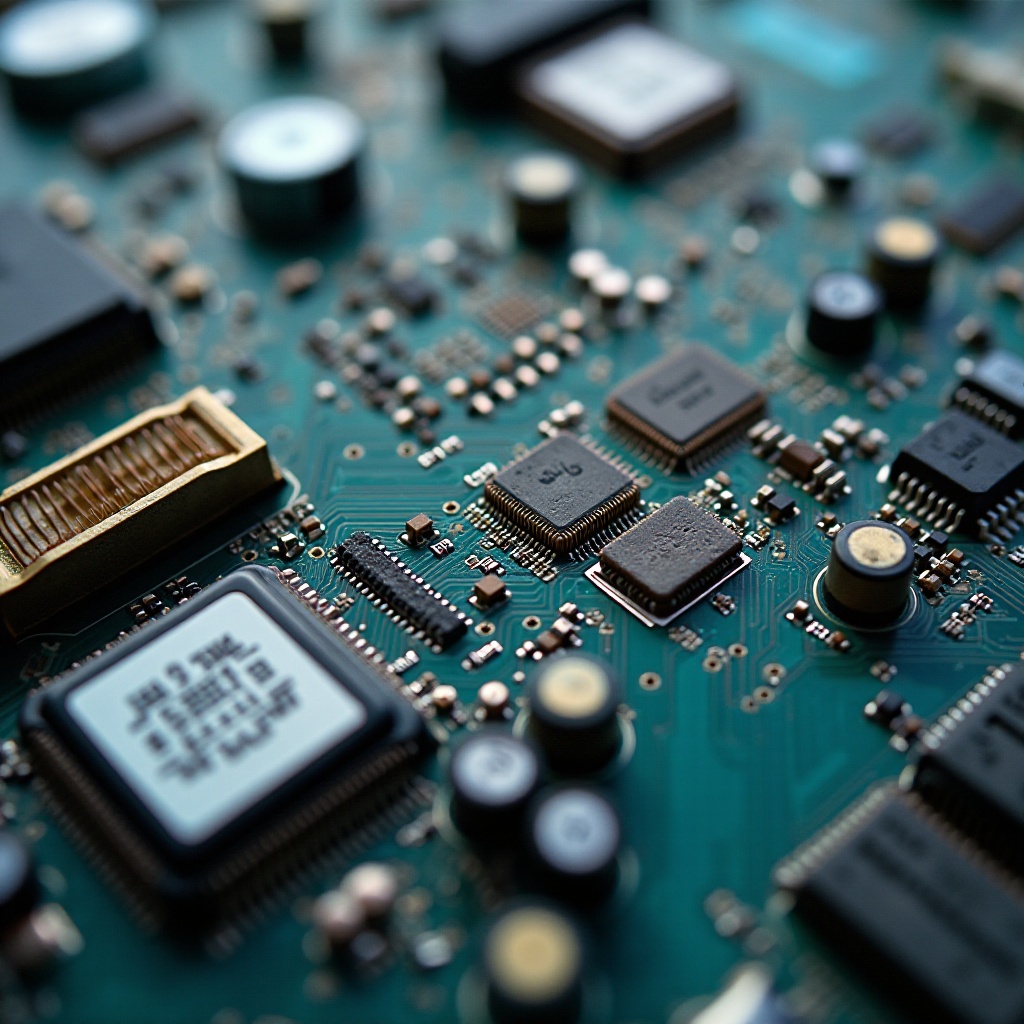Introduction
Experiencing the ‘Your Computer Is Low on Memory’ alert can be distressing for many computer users. This warning is more than just an inconvenience; it indicates that your system might be struggling to function efficiently. Learning how to manage your computer’s memory is crucial for ensuring seamless performance. This comprehensive guide will help you understand what this message signifies, explore its potential causes, and provide practical strategies for fixing and preventing these issues. Whether you encounter a temporary glitch or face persistent memory problems, adopting the right approach can restore your computer’s health and enhance your user experience. Proactively tackling these challenges can save you both time and frustration over time.

Understanding the ‘Low on Memory’ Message
The ‘Your Computer Is Low on Memory’ message typically emerges when your system’s Random Access Memory (RAM) is nearing its limit. RAM is essential for smoothly operating applications and processes. When your computer exhausts its RAM, it starts using the hard drive to manage tasks, which slows down overall performance. This process, known as ‘paging’ or ‘swapping,’ can result in lag and negatively affect your experience. Understanding this message is the first step toward resolution. Recognizing what it implies helps ascertain whether it’s a short-term issue, such as running too many applications simultaneously, or a more significant problem, like insufficient memory capacity.
Common Causes of Low Memory
Low memory issues can stem from various factors. Identifying these can assist you in selecting the right solution:
-
Running Multiple Applications: Every open application occupies a segment of your RAM. Having numerous applications open simultaneously can max out your memory.
-
Background Processes: Many applications run background processes that gradually consume substantial memory without being apparent to the user.
-
Insufficient RAM: Modern software often demands more RAM than older versions. If your computer has less than 8GB of RAM, frequent memory alerts are possible.
Understanding these causes is essential before moving on to solutions, as it helps you accurately address the root of your problem.
Quick Fixes for Low Memory Issues
If you are currently facing low memory problems, try these immediate solutions to relieve the strain on your system:
Closing Unnecessary Applications
-
Task Manager/Activity Monitor: Launch Task Manager on Windows (Ctrl + Shift + Esc) or Activity Monitor on Mac. Identify and close applications consuming excessive memory.
-
Browser Tabs: Minimize the number of open tabs. Utilize browser extensions to manage them efficiently.
Adjusting Virtual Memory Settings
-
Windows: Go to System > Advanced System Settings > Performance. Amend the virtual memory settings to increase the paging file size.
-
Mac: Macs automatically manage virtual memory, so issues likely indicate a need for real RAM.
Utilizing System Utilities
-
Disk Cleanup (Windows): Removes temporary files, enhancing system performance.
-
First Aid (Mac): Use Disk Utility’s First Aid to address disk errors affecting performance.
Implementing these quick fixes can offer immediate relief, making your system operate faster, and laying the groundwork for more permanent solutions.
Advanced Memory Management Techniques
Quick fixes offer temporary relief; for sustainable improvements, consider these advanced techniques:
Upgrading RAM
Installing additional RAM remains one of the most effective solutions for managing low memory. Modern applications and games require substantial memory, and upgrading RAM ensures your computer meets current software demands.
Monitoring System Performance
Regularly evaluate your system’s performance using built-in utilities (Task Manager for Windows, Activity Monitor for Mac) to understand memory usage patterns and pinpoint memory-intensive applications.
Using Third-party Tools
Applications like RAMMap for Windows or CleanMyMac provide detailed insights and automated solutions for optimizing memory usage.
Advanced memory management involves long-term planning for efficient usage, and it’s a worthwhile investment to maintain consistent computer performance.

Preventing Future Low Memory Alerts
Once you’ve resolved current issues, adopt these practices to avert future problems:
Best Practices for Routine Maintenance
- Uninstall Unused Applications: Free system resources by removing software you no longer use.
- Regular Cleanup: Schedule periodic disk cleanups and defragmentation (for HDDs) to keep your system healthy.
Importance of System Updates
Frequently updating your operating system guarantees you benefit from the latest performance enhancements and memory management features. Developers often patch memory leaks and optimize code, boosting efficiency.
Adopting preventive strategies can significantly minimize the recurrence of low memory alerts, ensuring your system runs smoothly over time.

Conclusion
Effectively managing memory can dramatically improve your computing experience. Whether through quick fixes, advanced upgrades, or preventive strategies, the appropriate actions can prevent disruptions caused by the ‘Your Computer Is Low on Memory’ message. Choosing the right solutions depends on understanding your specific needs and usage patterns. A proactive approach assures that your system remains in optimal condition, supporting all your computing tasks without hassle.
Frequently Asked Questions
What is the difference between RAM and storage memory?
RAM is temporary memory that your computer uses to store operational data. Storage memory, such as HDD or SSD, holds permanent data like applications, documents, and system files.
How can I check which programs are using the most memory?
You can use Task Manager on Windows or Activity Monitor on Mac. Both allow you to view all running processes and the memory they’re using.
Is it always necessary to upgrade RAM to solve low memory issues?
Not always. Try closing applications, adjusting virtual memory, and cleaning up disk space first. If issues persist, upgrading RAM can be a beneficial long-term solution.


